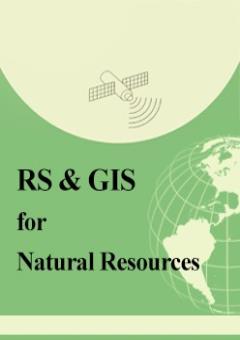Quantitative evaluation of desertification in Kashan plain using indicators obtained from satellite images
Subject Areas : Natural resources and environmental managementzahra eslamian 1 , Fatemeh Panahi 2 , Abbasali Vali 3 , Sayed Hojjat Mousavi 4
1 - PhD Student in Combating Desertification, Faculty of Natural Resources and Geoscience, University of Kashan, Kashan, Iran
2 - University of Kashan
3 - Associate Professor, Faculty of Natural Resources and Geoscience, University of Kashan, Kashan, Iran
4 - Assistant Professor of Geomorphology, Department of Geography and Ecotourism, Faculty of Natural Resources, University of Kashan
Keywords: remote sensing, Desertification, Modeling, Kashan Plain,
Abstract :
Desertification is a worldwide environmental problem. Remote sensing data and techniques provide significant information for desertification mapping and assessment. In order to investigate the desertification of Kashan plain first, land use maps for 2008 and 2020 were prepared using Landsat satellite images 5 and 8. Then, using the data of satellite images, TGSI indices (surface soil grain size index) and Albedo data (ground surface albedo) were prepared, then the DDI desertification map of Albedo-TGSI space models was created and the accuracy of these maps was checked. Barren lands and pastures have decreased by 7.75% and 1.80%, respectively, while salt marshes, man-made areas, and agricultural lands have increased by 6.60%, 1.61%, and 1.43%, respectively. Examining the overall accuracy and kappa coefficient of the land use map showed that these indicators are 95% and 0.91 for 2008 and 96 and 0.94 for 2020, respectively. Also, the study of the desertification map of 2008 showed that the largest area was related to the medium and low class and without desertification, which covered about 69% of the Kashan plain. Meanwhile, the results of desertification in 2020 stated that severe and very severe desertification classes have covered about 55.42% of the area of this region. These results indicate the increase in desertification and the conditions for the creation of desert lands in the Kashan Plain. The validation results showed that the overall accuracy and kappa coefficient of the prepared map is 94.92% and 93.52%, respectively. While the Albedo-TGSI model is suitable for areas with relatively low vegetation cover. This study provides a technical reference for studying the desertification of different regions.


